The life and teachings of Jesus of Nazareth have been depicted in various forms of art throughout history. These artistic portrayals provide glimpses into the key moments and events in Jesus’ life, from his early years to his ministry, crucifixion, and resurrection. Each artwork offers a unique perspective and interpretation of these significant moments, allowing viewers to connect with the story of Jesus on a deeper level. In this article, we will explore some of the most iconic artistic representations of Jesus and uncover the key takeaways they convey.
Key Takeaways
- Artistic representations of Jesus offer insights into the significant moments and events in his life.
- Each artwork provides a unique perspective and interpretation of Jesus’ story.
- These artistic depictions allow viewers to connect with the life and teachings of Jesus on a deeper level.
- Art can evoke emotions and spiritual contemplation, enhancing the religious experience.
- The diversity of artistic styles and techniques reflects the universal appeal and enduring impact of Jesus’ life and teachings.
The Early Life of Jesus

The Annunciation
The Annunciation is a significant event in the life of Jesus. It is the moment when the angel Gabriel appeared to Mary and announced that she would conceive a child by the Holy Spirit. This event is often depicted in art, with Mary shown in a humble posture, receiving the message from Gabriel. The Annunciation is a powerful symbol of the divine intervention in human history.
The Nativity
The Nativity is the story of the birth of Jesus in Bethlehem. According to the Bible, Mary and Joseph traveled to Bethlehem because of a census. When they arrived, there was no room for them in the inn, so they had to stay in a stable. It was in this humble setting that Jesus was born. The Nativity scene often includes Mary, Joseph, the baby Jesus, shepherds, and animals.
The Flight into Egypt
After the birth of Jesus, an angel appeared to Joseph in a dream and warned him of King Herod’s plan to kill the child. In order to protect Jesus, Joseph took Mary and the baby and fled to Egypt. This journey was not easy, as they had to travel a long distance and face many challenges along the way. They had to find food and shelter, and they had to avoid being caught by King Herod’s soldiers. It was a difficult and dangerous time for the Holy Family, but they were guided and protected by God.
Jesus’ Ministry
The Baptism of Jesus
After spending years in obscurity, Jesus began his public ministry with his baptism in the Jordan River. The baptism was performed by John the Baptist, who recognized Jesus as the Messiah. Baptism symbolizes purification and the beginning of a new life. It is a significant event in the life of Jesus as it marks the start of his mission.
During the baptism, the heavens opened, and the Holy Spirit descended upon Jesus like a dove. This event is a powerful symbol of the divine presence and the anointing of Jesus for his ministry. It signifies the special relationship between Jesus and God.
After his baptism, Jesus spent forty days in the wilderness, where he faced temptations from Satan. This period of testing prepared him for the challenges he would encounter during his ministry.
The baptism of Jesus is a pivotal moment in his life and serves as a foundation for his teachings and miracles. It demonstrates his obedience to God’s will and his commitment to fulfilling his purpose on earth.
The Sermon on the Mount
The Sermon on the Mount is one of the most famous teachings of Jesus. It is found in the Gospel of Matthew and contains many important lessons for his followers. In this sermon, Jesus talks about various topics such as love, forgiveness, and the kingdom of God. He teaches his disciples how to live a righteous life and encourages them to be salt and light in the world. The Sermon on the Mount is a powerful message that continues to inspire and guide Christians today.
The Miracles of Jesus
Jesus performed many miracles during his ministry. These miracles were extraordinary acts that demonstrated his power and authority. One of the miracles that Jesus performed was turning water into wine at a wedding in Cana. This miracle showed Jesus’ ability to transform ordinary substances into something extraordinary. Another miracle was the healing of the blind man. Jesus restored the man’s sight, showing his compassion and ability to bring healing and restoration. Jesus also walked on water, calming the storm and showing his control over the forces of nature. These miracles were not only displays of power, but also acts of love and compassion towards those in need.
The Last Supper

The Preparation
Before the Passover meal, Jesus instructed his disciples to find a room in Jerusalem where they could celebrate together. He told them to look for a man carrying a jar of water, who would lead them to a large upper room. This room was prepared with everything they needed for the meal.
In this upper room, Jesus and his disciples gathered to share the Passover meal. They reclined at the table, and Jesus took bread and wine, giving thanks and blessing them. He explained that the bread represented his body, which would be broken for them, and the wine represented his blood, which would be poured out for the forgiveness of sins.
During this time, Jesus also washed the feet of his disciples, showing them an example of humility and service. He told them that they should do the same for one another, serving and loving one another as he had loved them.
This preparation and the actions of Jesus during the Last Supper set the stage for the significant events that would follow.
The Passover Meal
The Passover Meal is a significant event in the life of Jesus. It was during this meal that Jesus shared the Last Supper with his disciples. The Passover Meal commemorates the Israelites’ liberation from slavery in Egypt and is a time of remembrance and celebration for the Jewish people. During the meal, Jesus took bread and wine and gave thanks, symbolizing his body and blood that would be sacrificed for the forgiveness of sins. This act foreshadowed the upcoming crucifixion of Jesus and the establishment of the Eucharist in Christian tradition.
The Institution of the Eucharist
The Institution of the Eucharist is a significant event in the life of Jesus. During the Last Supper, Jesus shared a meal with his disciples and established the sacrament of the Eucharist. This sacrament is a central part of Christian worship and symbolizes the body and blood of Jesus. It is a way for believers to remember and participate in the sacrifice of Jesus for the forgiveness of sins.
During the Last Supper, Jesus took bread, blessed it, and gave it to his disciples, saying, ‘Take, eat; this is my body.’ He then took a cup of wine, gave thanks, and gave it to them, saying, ‘Drink from it, all of you; for this is my blood of the covenant, which is poured out for many for the forgiveness of sins.’ This act of sharing bread and wine became the foundation of the Christian ritual of Holy Communion or the Lord’s Supper.
The Institution of the Eucharist is a powerful reminder of Jesus’ sacrifice and his presence among his followers. It is a sacred moment of communion with God and a way for believers to experience spiritual nourishment and unity with one another.
The Crucifixion

The Arrest of Jesus
After the Last Supper, Jesus and his disciples went to the Garden of Gethsemane to pray. It was there that Judas Iscariot, one of Jesus’ disciples, betrayed him to the religious authorities. Jesus was arrested and taken to the high priest for questioning. He was then brought before Pontius Pilate, the Roman governor, who ultimately sentenced him to death by crucifixion.
The Trial of Jesus
The trial of Jesus was a pivotal moment in his life. It was during this trial that Jesus was accused of blasphemy and faced the decision of his fate. The trial took place in front of Pontius Pilate, the Roman governor of Judea. Pilate questioned Jesus about his teachings and claims to be the Son of God. Despite finding no fault in Jesus, Pilate succumbed to the pressure of the crowd and sentenced Jesus to death by crucifixion.
The Crucifixion and Death
The Crucifixion and Death of Jesus is a pivotal event in Christian history. It is the culmination of Jesus’ ministry and the ultimate sacrifice he made for humanity. The crucifixion took place on a hill called Golgotha, outside the city walls of Jerusalem. Jesus was arrested, tried, and sentenced to death by crucifixion, a common form of execution at the time.
During the crucifixion, Jesus was nailed to a wooden cross and left to die. He endured immense physical pain and suffering, as well as emotional anguish. Despite the agony, Jesus showed remarkable compassion and forgiveness, praying for those who crucified him: ‘Father, forgive them, for they know not what they do.’
The crucifixion of Jesus is a symbol of love, sacrifice, and redemption for Christians around the world. It represents the belief that Jesus willingly gave his life to save humanity from sin and offer eternal salvation. It is a reminder of the depth of God’s love and the power of forgiveness.
The Resurrection

The Empty Tomb
The empty tomb is a pivotal event in the story of Jesus’ resurrection. After his crucifixion and burial, Jesus’ followers discovered that the tomb where he had been laid was empty. This discovery brought both confusion and hope to the disciples. It was a moment of great significance, as it confirmed Jesus’ victory over death and his fulfillment of the prophecies. The empty tomb serves as a powerful symbol of the resurrection and the hope it brings to believers.
The Appearance to Mary Magdalene
After Jesus’ resurrection, one of the first appearances he made was to Mary Magdalene. Mary had been a devoted follower of Jesus and had witnessed his crucifixion. On that Sunday morning, she went to the tomb where Jesus had been buried, only to find it empty. Distraught and confused, she encountered a man whom she initially mistook for the gardener. It was only when Jesus called her by name that she recognized him. This encounter with the risen Jesus filled Mary with joy and hope, and she hurried to tell the disciples the good news.
- Mary Magdalene was one of the most faithful and loyal followers of Jesus.
- Jesus’ appearance to Mary Magdalene was a significant event that marked the beginning of his post-resurrection appearances.
- Mary’s recognition of Jesus after initially mistaking him for the gardener highlights the transformative power of the resurrection.
Remember, even when things seem hopeless, there is always hope in the resurrection of Jesus.
The Appearance to the Disciples
After Jesus’ resurrection, he appeared to his disciples multiple times. One of the most significant appearances was when he appeared to the disciples in a locked room. This appearance brought great joy and reassurance to the disciples, who had been filled with fear and uncertainty after Jesus’ crucifixion. Jesus showed them his wounds as proof of his resurrection, and he spoke words of peace and encouragement to them.
During this appearance, Jesus also gave his disciples the authority to forgive sins. He breathed on them and said, ‘Receive the Holy Spirit. If you forgive anyone’s sins, their sins are forgiven; if you do not forgive them, they are not forgiven.’ This was a powerful moment that emphasized the importance of forgiveness and the role of the disciples in spreading the message of salvation.
This appearance to the disciples marked a turning point in their journey of faith. It strengthened their belief in Jesus as the risen Lord and gave them the confidence to continue his mission of spreading the good news of salvation to the world.
Conclusion
In conclusion, the artistic representations of Jesus of Nazareth provide us with a unique glimpse into his life and teachings. From the early Christian catacombs to the Renaissance masterpieces, artists have sought to capture the essence of Jesus and convey his message through their art. Through these depictions, we can see the evolution of artistic styles and interpretations of Jesus, as well as the enduring impact of his life and teachings on the world of art. Whether it is the serene and compassionate Jesus of the Byzantine icons or the dramatic and emotional portrayals of his crucifixion, these artworks continue to inspire and move viewers today. The art of Jesus of Nazareth serves as a powerful reminder of his enduring influence and the timeless relevance of his message of love, compassion, and redemption.

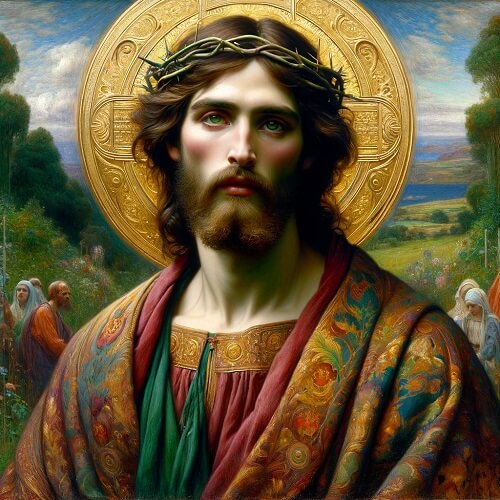
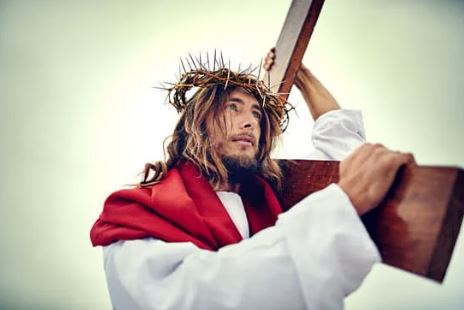
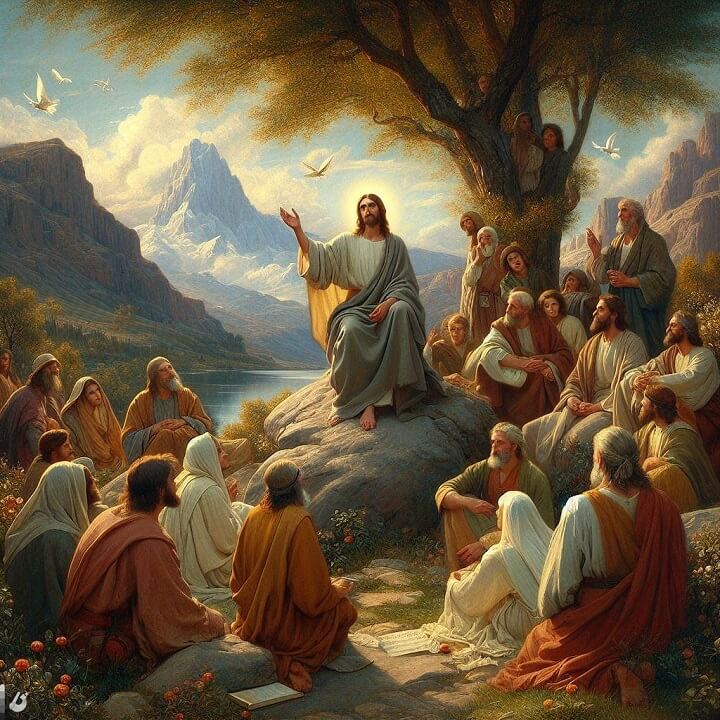
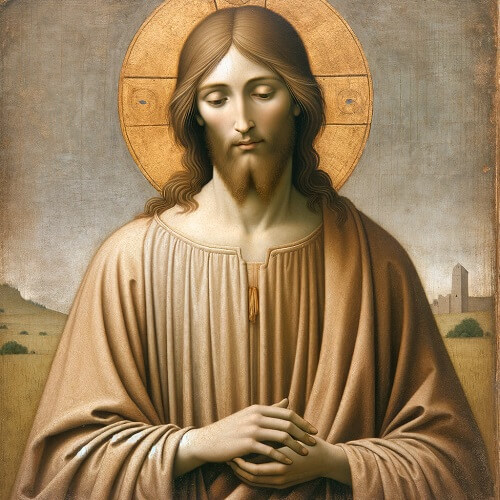
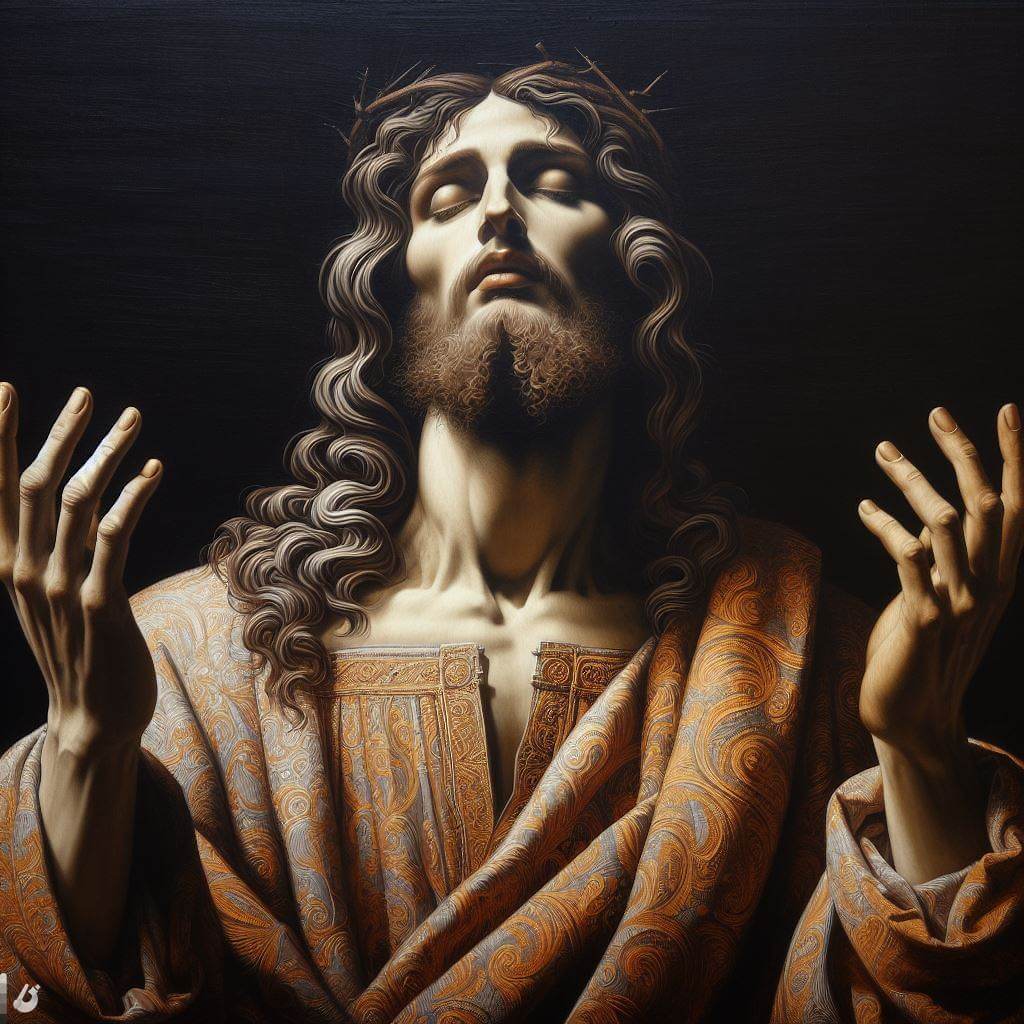
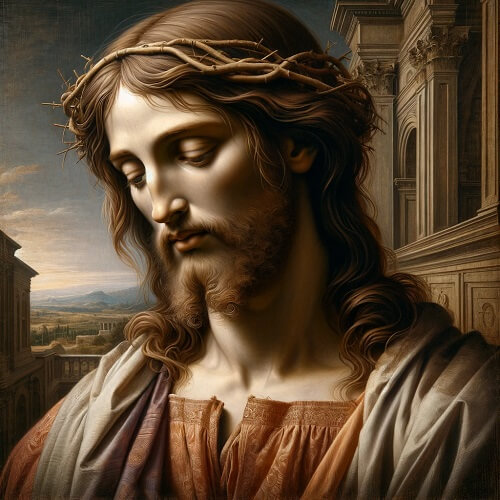

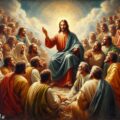
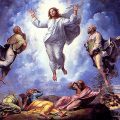
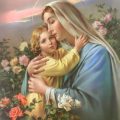
Leave a Comment